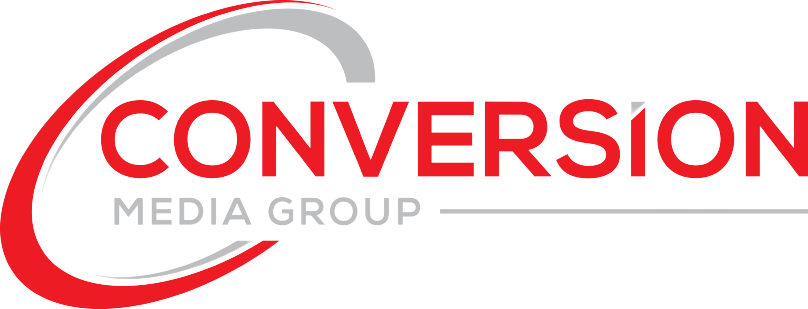We recently shared some statistics on Spring 2025 college enrollment with you in an article titled “Spring 2025 College Enrollment Stats… The Bad, The Good, The Great, and The Opportunity.”
In it, we noted how total secondary enrollments actually grew by 3.2% this spring over spring 2024, with community colleges seeing the largest growth (5.4%).
Additionally, we showed the data on bachelor’s and associate degree enrollments growing by 2.1% and 6.3% respectively, with graduate degree enrollments increasing by 1.5%.
Further, we pointed out how the new enrollment data could be a great boon for primarily online colleges, should they target the correct demographics, with the correct programs for enrollment (you can read the full article HERE).
However, while the latest enrollment data is indeed good news, the overall trend of lower college enrollments continues, and many traditional brick-and-mortar institutions have felt the pinch.
Since 2020, at least 60 colleges have shut their doors.[1]
And…
It was recently announced that public colleges and universities in the state of Indiana would be cutting 19% of degree programs, equating to over 400 programs. This, according to the Indiana Commission for Higher Education.[2]
Why the cuts?
Well, a new law has been established in the state setting requirements for a minimum number of graduates per program. If the threshold is not met, the program must be cut.
Or, more simply put, the state no longer wants to subsidize expensive degree programs that very few students pursue.
And it makes sense. Taxpayer subsidies (and staff salaries) should be going to places that have the best economic impact.
In a news release, Indiana higher education commissioner Chris Lowery said, “Our institutions want to ensure the programs they’re offering are responsive to student demand and fit the needs of Indiana’s evolving economy. The primary beneficiaries of this work will be students, who face an overwhelming number of degree programs as they make their educational and career decisions.”
Again, this makes sense.
Now, if you operate a for-profit institution, or you concentrate your programs based on student “demand” rather than staff supply, you already know this.
You absolutely must offer degree programs that a large number of students not only want to enroll in but can lead to better economic outcomes for them as well.
Of course, not everybody is happy about the program cuts in Indiana. Outside of the fact that fewer students are interested in enrolling in the 400-odd programs, professors and staff are upset; understandably, their jobs are at stake.
But again, if colleges and universities – traditional or otherwise – are to survive in an environment where fewer students are enrolling (overall trend-wise), they must adjust their programs to student demand; like your institution likely has.
Now…
We mentioned earlier how the new enrollment data (cited above) could be a great boon for primarily online colleges, should they target the correct demographics.
What is this demographic?
Well, here’s some more data.
Last spring, the number of undergrads in their 20’s (adult learners) grew by 3.2% for the 21-24 demo, and 5.9% for the 25-29 demo.
This demo, the adult learner demo, is your target audience. It’s almost tailormade for online college.
Because of this, you should be marketing your school and its programs (which are likely in demand) directly to them.
How, you ask?
Give Conversion Media Group a quick call. We are known as one of the country’s leaders in higher education enrollment initiatives (especially with adult learners wanting an online education) …
And we can create bespoke programs to ensure your school meets or potentially exceeds its enrollments.
Call us at +1 800 419 3201 and we’ll explain all of our programs, and how many new students we could potentially help get enrolled with you.
[1] More colleges set to close in 2025, while ‘Ivy Plus’ schools thrive
[2] Ind. Public Universities “Voluntarily” Ending 19% of Degrees

